If you hear someone beside you describing the taste of a cup of drink, “floral, fruity acid, honey sweet, tea charm……” There is no doubt that this is probably describing the flavor of the coffee in his cup.
Nowadays, it is hard to know what the “coffee flavor” really is. When entering a coffee shop that is highly praised by everyone, randomly order a hand-drip coffee, and the taste you are likely to drink is sour. Then slowly exclaim, “Am I unable to keep pace with the pace of the times? Why are all the coffees sour now! “
Of course, not all nowadays coffee is sour and lightly roasted coffee, including the very popular hand-drip coffee, there are also some bitter deeply roasted coffee, but the proportion of these is small, it seems that it is all lightly roasted.
The flavor of coffee has changed from bitter to sour, and the flavor has become more diverse from a single one. In fact, it also reflects the fall of an era and the arrival of a new era. At this stage, everyone likes to use 2000 as the division. Before 2000, it was the era of deeply roasted bitter coffee, and after 2000, it was the world of lightly roasted sour coffee. In fact, this is just divided for everyone’s understanding. In fact, the change in the roasting degree of coffee is a process, not an instant change from bitter to sour. This includes the changes in the planting of coffee origin, the roasting perception of roasters, the trend of the way of brewing coffee, and the taste preference of consumers, etc. A variety of factors have driven the development of the flavor of coffee to today’s scene. So Pre Street takes these factors as the theme to talk about why almost all the coffee beans now are sour.
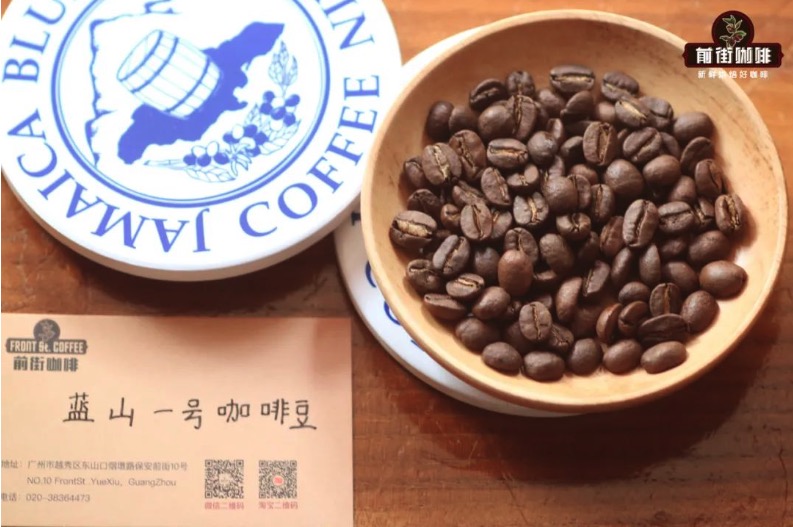
Before the modern roasting machine appeared, people could only fry the coffee beans through pots and other utensils separated from the fire. The iron pot is difficult to fry the coffee evenly, that is to say, there are still some coffee beans that are not cooked inside. It is only when the color of the coffee is roughly the same that it can be considered a great success. This color is also (close to) black, so the coffee beans are also called black gold. Such coffee besides being bitter, also has a special aroma, which can be called “coffee aroma” for the time being. Also because of this kind of coffee has a certain mass base, it has also formed the memory of the taste of coffee.
Later, the roller-type roasting machine appeared, using the rolling of the coffee beans to make the coffee be heated evenly, which allowed the machine for roasting coffee to officially appear. Between 1870 and 1920, the German improved the semi-hot air roller-type roasting machine, which laid the hardware foundation for roasting. However, the concept of deep roasting has been deeply rooted in the hearts of the roasters at that time, that is, “roasting until the second explosion is considered cooked” has been the mainstream perception at that time.
This involves the mainstream extraction method at that time and the quality of the coffee beans at that time. In the 1960s and 1970s, Italian coffee dominated the dominant way of making coffee everywhere with the large number of Italian immigrants, and the coffee used for extracting Italian espresso was deeply roasted, and this deep we would describe it as oily and black. On the other hand, the coffee beans at that time were mainly exported as bulk commodities, with many defects and mixed flavors. Only by roasting deeply can the quality problems of the green beans be covered.
Under this big background, Blue Mountain coffee has become the king of coffee with its own excellent quality. The quality of Jamaican coffee at the beginning was also uneven. So in 1950, the Coffee Industry Committee was established to coordinate the processing and grading process of Blue Mountain coffee. With the investment and assistance from Japan, it was used to improve the quality of Blue Mountain coffee, making Blue Mountain coffee stand out at that time. Even the deeply roasted Blue Mountain coffee still shows a clean taste, bitter but not burnt, strong but not intense, and very comfortable. On the one hand, because of such excellent quality, on the other hand, the low output and the brilliant marketing of the Japanese have made people who don’t drink coffee also know that Blue Mountain is the code word for good coffee.
During this period, there are also some brave and innovative roasters who try not to roast the coffee beans so deeply (still bitter, just not as bitter as before). Because the roasters found that if the roasting is finished before the “end of the first explosion”, the coffee will have a raw and unpleasant acerbity. In the end, it is still due to the uneven quality of the green beans.
And this turning point is the proposal of the concept of specialty coffee in the late 1970s. The quality of a cup of coffee should start from the source and separate some good-quality coffee from the bulk commodities for independent trade, in order to stimulate the enthusiasm of growing good coffee in the producing areas. In the 1970s, it was just the proposal of the concept, and from the concept to the real realization, it will take a long time, at least 5 years, and as long as 10 years. Of course, from the perspective of later generations, this is successful, and now we can taste a lot of single-origin coffee with small production area flavor characteristics.
With the support of the quality of coffee beans, roasters can also re-examine the idea of roasting. Around 2000, famous stores in the United States such as Intellectuals, Anti-Culture, and Stump Town reduced the roasting degree and promoted the coffee of medium and light roasting. These coffees still can taste the chocolate, nuts and other bitter rhymes of traditional coffee, but added the sour quality like fruits, which has already presented a significant difference from the previously deeply roasted coffee.
What is done more thoroughly is the北欧 roasters who use the fast and fierce roasting method and take it out of the oven within 2 minutes after the “beginning of the first explosion”, with a very shallow roasting degree, and the extracted espresso has a very rich fruity acidity.
At this time, changes have also occurred in the origin and the way of brewing. First of all, in terms of origin, in 2004, Geisha made its debut on the Panama BOP, letting the public know that coffee actually contains such a rich and exaggerated floral and fruity acid. The Geisha green beans were defeated by Blue Mountain coffee with a price of more than 300 US dollars per pound and became the new generation of king. The emergence of Geisha also made various producing areas rush to try to plant Geisha varieties and start the era of sour coffee.
“PS: Before Geisha became famous, there were also African beans like Yirgacheffe that had floral and fruity acidity, but not as rich as Geisha. And at that time, the roasting was not as light as it is now, and the important thing is that people’s drinking habit was still mainly based on bitter coffee. And after Blue Mountain, it did not take the sour route, mainly because Blue Mountain has become a kind of taste, clean, mellow, smooth, and balanced, and is in short supply every year. However, in recent years, Blue Mountain has tried to plant Yirgacheffe, Kenya and other coffee varieties, and has also launched Geisha varieties, which also shows that the generation of the coffee king has to compromise and make changes!”
From 2000 to 2010, it was a period when various roasting degrees competed and were in harmony. One is the deep roasting of the old European and American brands, one is the new American style roasting, one is the extremely light roasting in the Nordic region, and there is also a self-contained Japanese style roasting. They communicate and influence each other.
With the popularity of lightweight hand-drip coffee, many coffee shops besides Italian coffee also offer hand-drip coffee, and the hand-drip lightly roasted coffee can show rich floral and fruity flavors, which makes it easier for some people who originally did not drink coffee to accept coffee and develop the blue ocean.
“PS: The continuous improvement of the quality of coffee beans also makes it possible to show more abundant flavors in roasting and brewing. This can be seen from the two versions of the flavor wheel published by SCAA. The first version was published in 1995, with one wheel for the positive flavor wheel and one for the negative flavor wheel. By 2016, when the second version of the flavor wheel was released, it has merged the two wheels into one, and the negative flavor only takes up 1/3 of the position, and the positive flavor description is more detailed. It can also be seen that in the nearly 20 years, the quality of coffee beans has been improved, resulting in the situation that the negative flavor wheel is mostly not used, and the positive flavor wheel is not enough, so the 2016 version was released, which is also the stage where coffee beans have completed high quality and entered the stage of focusing on flavor.”
So we have developed from the previous single bitter coffee to all kinds of fruity and sour flavors, “the monotony of bitter, the colorful sour.”
And the floral and fruity acidity we taste in lightly roasted coffee beans is generally
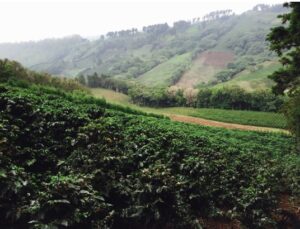
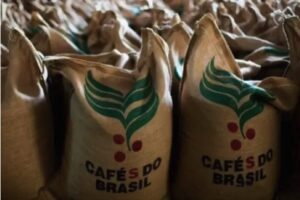
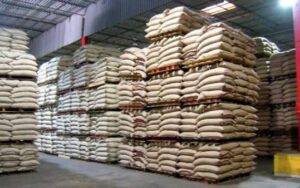
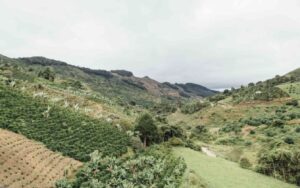
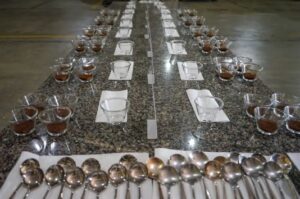


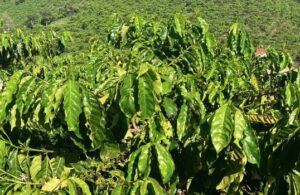
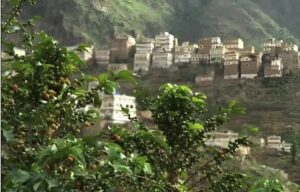

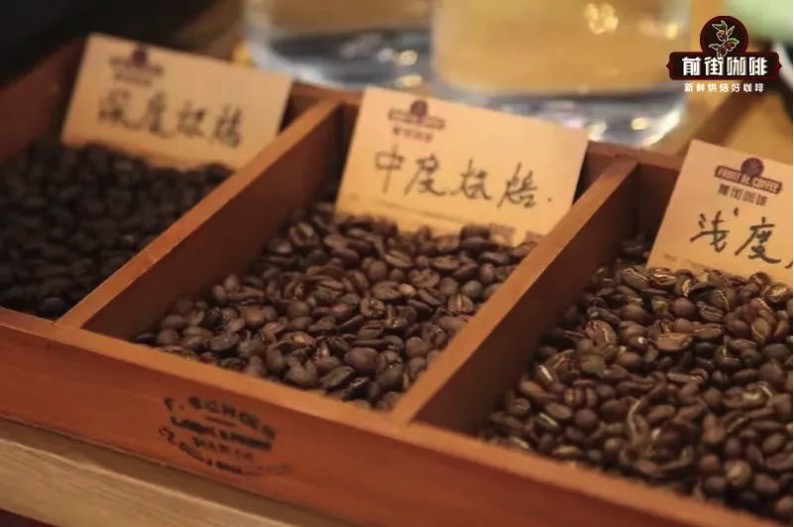

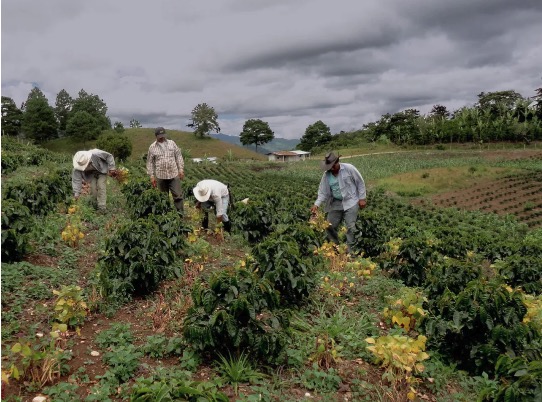
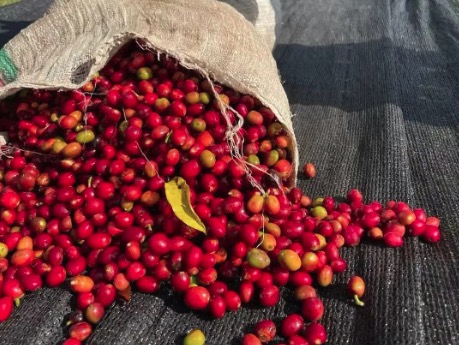
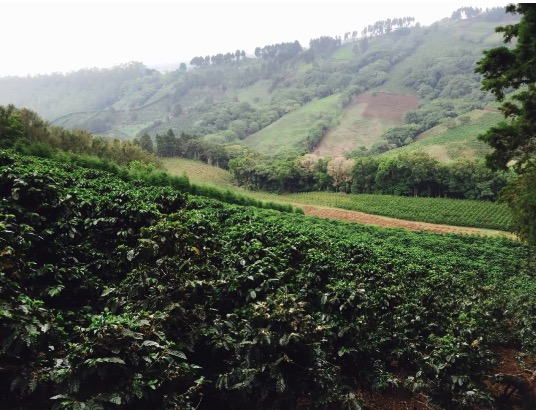
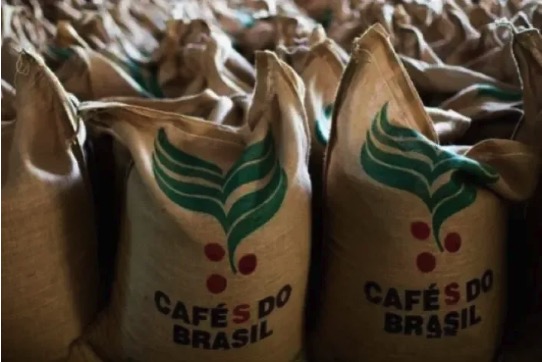
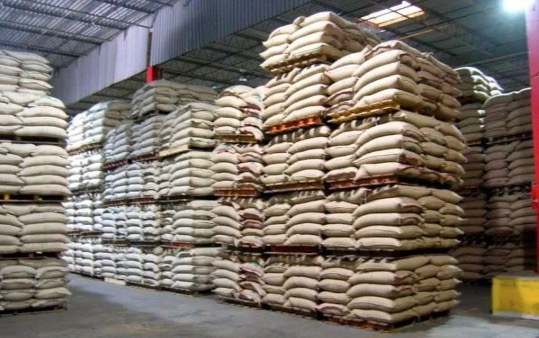
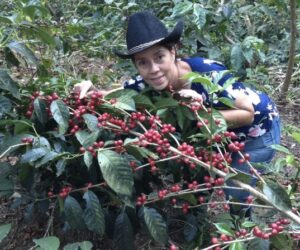
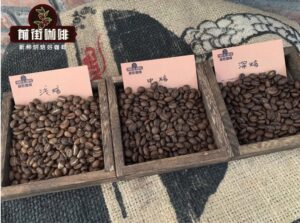
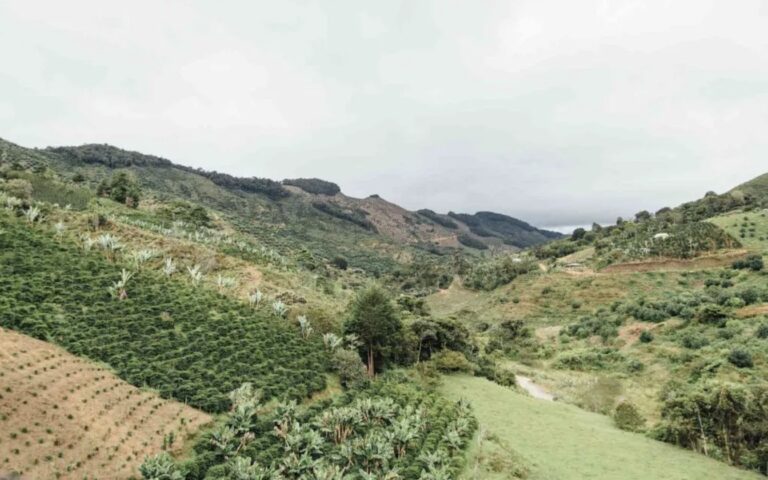
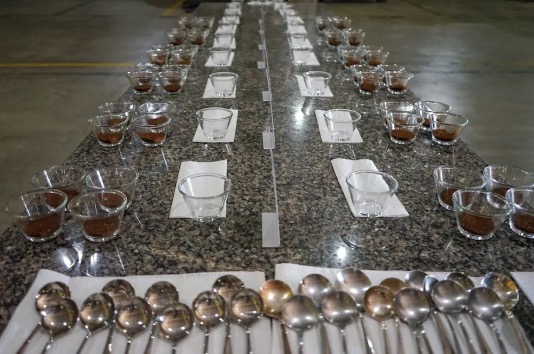


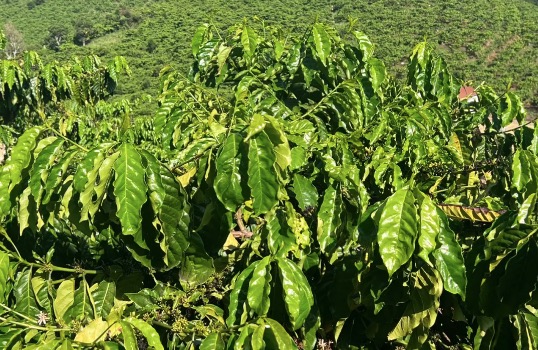
+ There are no comments
Add yours